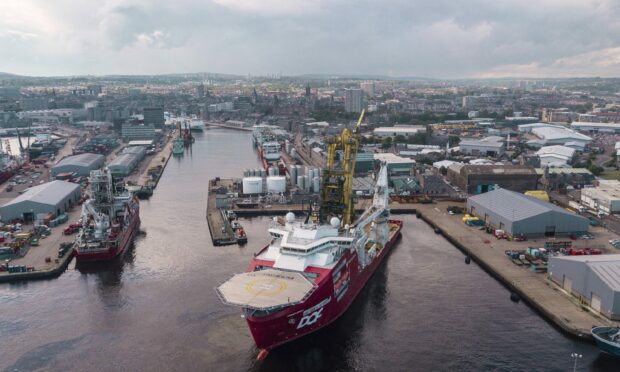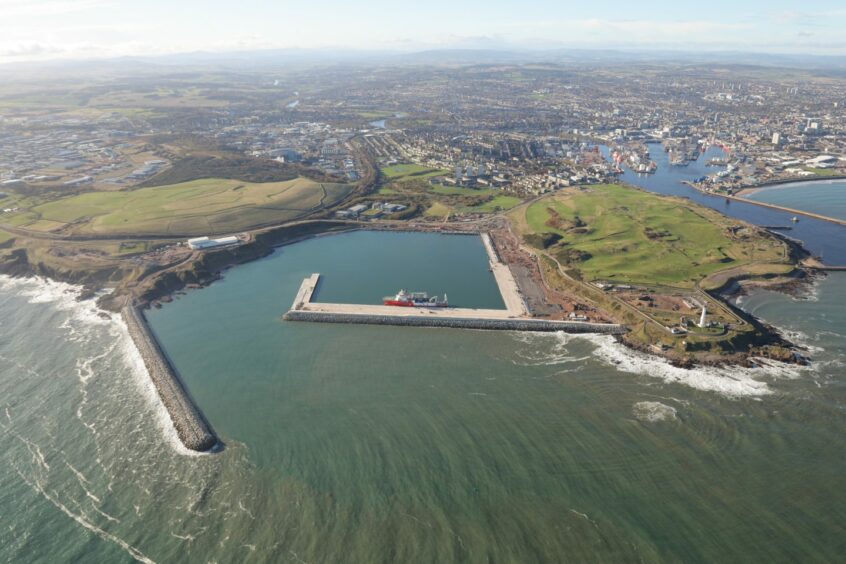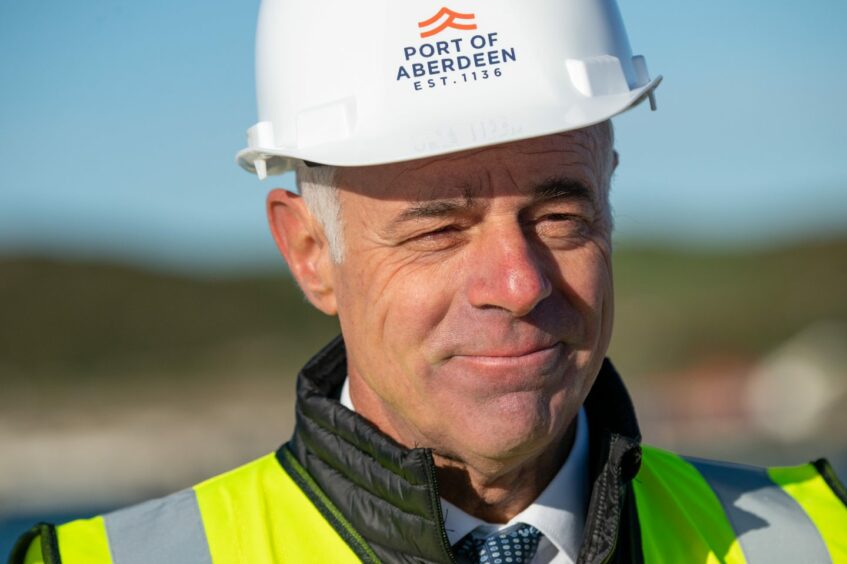Port of Aberdeen has been awarded more than £200,000 to study how to reduce carbon emissions from harbour operations and shipping.
The port will undertake a “port zero” feasibility study, part of the Clean Maritime Demonstration Competition Round 2 (CMDC2), that will analyse future port power demands, assess low-carbon energy sources for equipment and quayside infrastructure, and develop a roadmap to decarbonise port operations.
It will also lay out a plan for the world’s first demonstration of a hydrogen-powered zero-emission crossing from Aberdeen to Norway in 2024.
The study, which is being delivered in partnership with Energy Systems Catapult, Connected Places Catapult and Buro Happold, will also develop a ports and regional strategic advisory group to address the cross-sector challenges of decarbonisation.
High emission industry
The issue facing the maritime sector is that in 2020, UK domestic maritime vessels contributed around 5% of the UK’s greenhouse gas emissions – more than trains and buses combined.
As part of the CMDC2, the Department for Transport allocated over £14 million to 31 projects supported by 121 organisations from across the UK to deliver feasibility studies and collaborative research and development (R&D) projects in clean maritime solutions.
As part of the CMDC2 green shipping corridors feasibility study, Port of Aberdeen will work with maritime technology company, ACUA Ocean on the UK’s first “green crossing”.
ACUA Ocean has designed a zero-emission vessel powered by liquid hydrogen, capable of open ocean transits which set sail from Aberdeen in 2024.
Port of Aberdeen says if this is successful it will become an economically important potential green shipping corridor route.
This follows news that the port’s £400 million expansion is set to be completed on time, with work finishing in the first quarter of next year.
Port chief executive Bob Sanguinetti said: “Aberdeen’s port is at the heart of the energy transition and international trade.
“Our goal is to accelerate the transition to net zero through the development and introduction of innovative technology and processes which reduce emissions for the port, its users and supply chain.
“The funding for our ‘port zero’ project will help make this a reality.
“Public sector collaboration and investment in ports is essential to decarbonise the maritime industry and achieve government net zero targets.
“The Clean Maritime Demonstration Competition is a positive example of government support in action and we hope to be successful in future funding rounds.”



Conversation